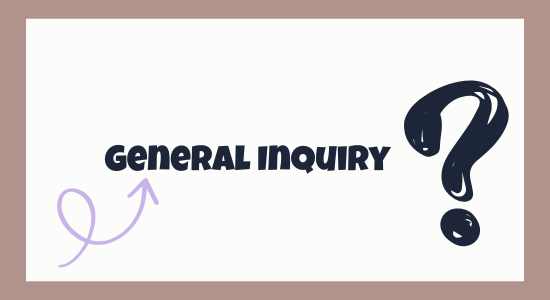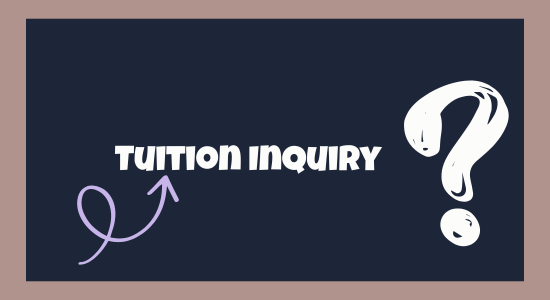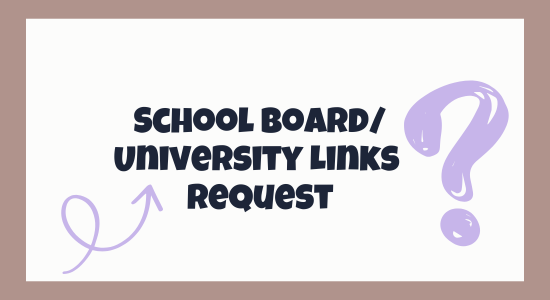
Why is Renewable Energy Important?
PROBLEM: “I get that renewable energy is a thing… but why is it such a big deal?”
Let’s be real: you’ve probably heard the term renewable energy tossed around a lot—on the news, in your science class, on social media. People say we should “go green,” “save the planet,” and “use clean energy.” But what does that actually mean? Why are we told solar panels, wind turbines, and hydroelectric dams are the future? More importantly, why should you, a student, care?
Here’s a common issue students face: the topic sounds too technical or too abstract. It gets presented as a set of facts—"solar is renewable, fossil fuels are bad”—without connecting it to your world. The result? You memorize definitions for a test but don’t actually understand why this topic matters in real life.
And that’s a problem.
AGITATE: “So what if I don’t fully get it? It’s just science class, right?”
Not really.
Misunderstanding renewable energy can lead to more than just poor grades—it can affect how you understand global issues like climate change, economic development, and even job opportunities in the future.
Let’s break that down:
- In academics: If you only memorize terms without understanding the bigger picture, you’ll struggle with subjects like environmental science, geography, or economics. You’ll find it harder to write persuasive essays, analyze real-world energy data, or engage in classroom debates.
- In real life: Imagine voting on policies, applying for scholarships, or going into STEM careers without grasping what clean energy means. You’ll miss out on opportunities and possibly support things that don’t align with long-term sustainability.
- In your future world: Energy affects everything—from the cost of your bills to the quality of the air you breathe. If we keep relying on non-renewable sources, we’ll face harsher climates, rising sea levels, and fewer resources. That’s not just "future problems"—that’s your lifetime.
So yeah, it’s not just about passing a test. It’s about understanding a global shift that directly impacts your life and career.
SOLUTION: Let’s break it down—real talk, real examples.
Now that we’ve established why this topic matters, let’s break it down into clear, easy-to-understand parts. We’ll look at:
- What is renewable energy?
- Why is renewable energy important?
- The Big Three: Solar, Wind, and Hydropower
- Case Studies & Real-World Examples
- The Road Ahead: What You Can Do
1. What is Renewable Energy?
Definition:
Renewable energy comes from sources that naturally replenish themselves in a short period. Think of the sun, wind, and flowing water. Unlike fossil fuels (coal, oil, and natural gas), these won’t run out anytime soon.
Examples:
- Solar (sunlight)
- Wind (air movement)
- Hydropower (moving water)
- Biomass (organic matter)
- Geothermal (heat from Earth)
In this post, we’ll focus on the most widely used and scalable ones: solar, wind, and hydropower.
2. Why Is Renewable Energy Important?
Let’s connect this to everyday life.
a) Fossil Fuels Are Finite
The formation of coal, oil, and gas takes millions of years. We’re using them much faster than nature can make more. Once they’re gone, they’re gone. No backup plan—unless we create one now.
b) Environmental Damage
Burning fossil fuels releases carbon dioxide (CO₂), the main gas driving climate change. It also causes:
- Air pollution (bad for lungs)
- Acid rain (harms forests and buildings)
- Ocean acidification (hurts marine life)
c) Energy Security
Countries that depend heavily on oil imports are vulnerable to political and economic instability. Renewable energy can be produced locally, increasing independence.
d) Economic Opportunity
The renewable energy sector is creating jobs faster than the fossil fuel industry. Careers in engineering, construction, maintenance, and research are growing.
e) Health and Safety
Cleaner energy = cleaner air = fewer respiratory issues like asthma. Simple.
3. The Big Three: Solar, Wind, and Hydropower
Let’s dig into each one with simple explanations and real examples.
A. Solar Energy
How it works:
Solar panels (photovoltaic cells) convert sunlight into electricity. They can be installed on rooftops, solar farms, and even satellites.
Advantages:
- Abundant (the sun shines everywhere)
- Silent and low-maintenance
- Can be used in remote areas
Limitations:
- Doesn’t produce energy at night
- Efficiency drops on cloudy days
- Needs storage (like batteries) for consistent use
Example:
The Bhadla Solar Park in India is one of the largest in the world, covering over 14,000 acres and generating more than 2.2 GW of power—enough to power millions of homes.
Fun fact:
In 1 hour, the sun provides enough energy to power the entire Earth for a year. We just need better ways to capture and store it.
B. Wind Energy
How it works:
To generate power, wind drives a turbine's blades, which in turn drive a generator.
Advantages:
- Clean and efficient
- Great for large-scale production
- Land underneath turbines can still be used for farming
Limitations:
- Not constant—wind patterns vary
- Can be noisy
- Bird migration paths must be considered
Example:
The Gansu Wind Farm in China is the largest on Earth. Once complete, it’s expected to produce 20 GW of power.
Closer to home:
In the U.S., Texas is the wind energy leader. It generates about 26% of the country’s total wind power.
C. Hydropower
How it works:
Water flowing through a dam spins turbines to generate electricity. The stronger the water flow, the more power generated.
Advantages:
- Reliable and consistent
- Can quickly adjust to power demands
- Dams also provide water storage and flood control
Limitations:
- Has the potential to disturb fish populations and nearby ecosystems.
- High upfront cost
- Only suitable in certain geographic locations
Example:
The Three Gorges Dam in China is the world’s largest hydroelectric plant. It generates about 22.5 GW of electricity.
Fun fact:
Currently, almost 16% of the electricity produced worldwide comes from hydropower.
4. Case Studies & Real-World Applications
Let’s look at how renewable energy is working in the real world.
Case Study 1: Germany’s Energy Transition (Energiewende)
Germany committed to moving away from nuclear and fossil fuels. By 2023, renewables made up over 50% of their electricity mix.
Lessons learned:
- Strong government policy helps adoption.
- Solar power works even in less-sunny countries.
- Challenges like grid reliability can be overcome with smart tech.
Case Study 2: Kenya’s Hydropower Success
Kenya gets about 90% of its electricity from renewable sources, with hydropower and geothermal leading the charge.
Why it works:
- Strong natural resources (rivers, geothermal zones)
- Long-term investment in infrastructure
- Government incentives
Case Study 3: California’s Mix of Solar + Storage
California uses large-scale solar farms with battery storage systems. That means they can store solar power during the day and use it at night—solving a major issue.
Result:
In 2022, California hit moments where 100% of its electricity demand was met with renewables.
5. The Road Ahead: What Can You Do?
Alright, let’s bring it home. You’re not building a wind farm next week, but there are things you can do:
a) Understand your power source
Check where your local electricity comes from. Some utility companies let you opt into renewable plans.
b) Support policies that matter
When you’re old enough to vote, pay attention to energy policy. Local elections matter, too.
c) Think about your future
Careers in renewable energy are booming. Whether you're into coding, engineering, policy, or science—there’s a place for you in this field.
d) Spread awareness
Talk about it. Share facts. Help your friends understand what’s at stake and what’s possible.
A World Powered by Common Sense
Understanding renewable energy isn’t just about passing your exam—it’s about being an informed citizen in a changing world.
- The problem is clear: fossil fuels are polluting, limited, and harmful.
- The agitation is real: misunderstanding this means missing out on solutions and opportunities.
- The solution is in motion: solar, wind, and hydropower are already changing the world.
So next time someone says “renewable energy is the future,” you’ll know exactly why—and you’ll be part of the generation that helped build it.
0 Comments
-
Comments will be injected here via JS












Post a Comment